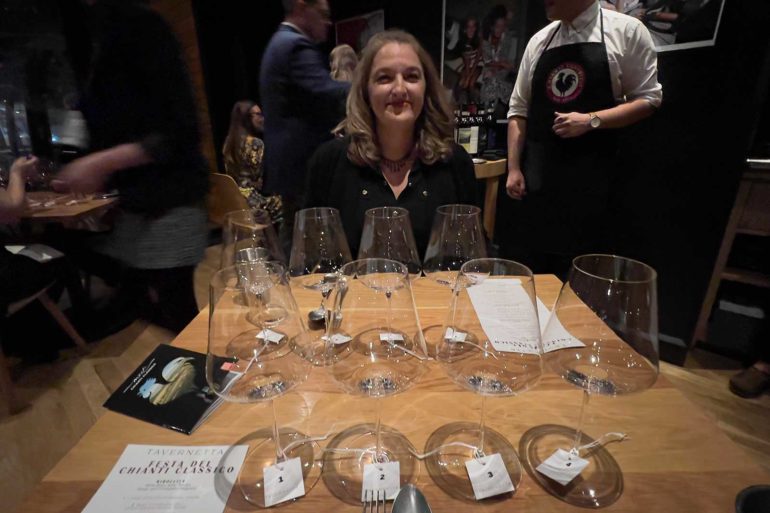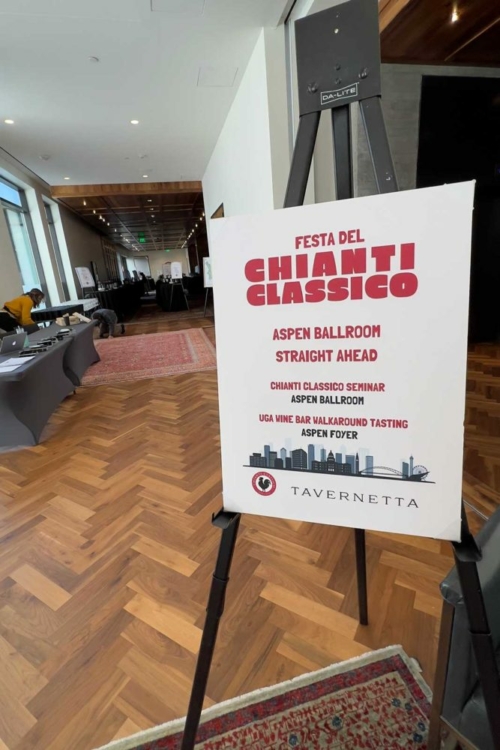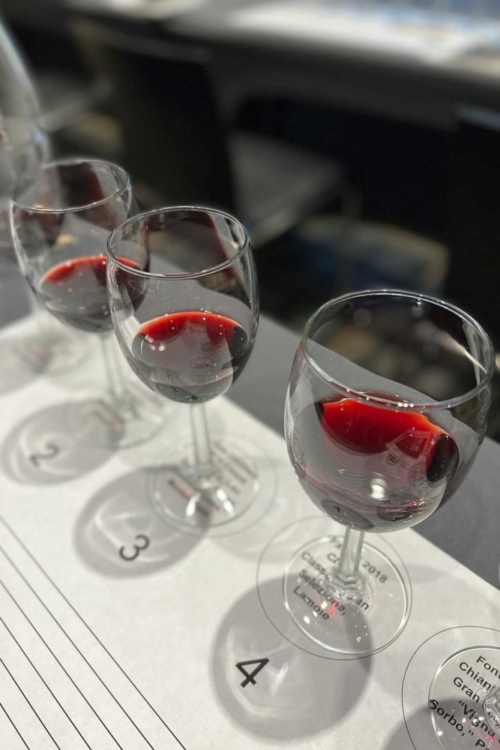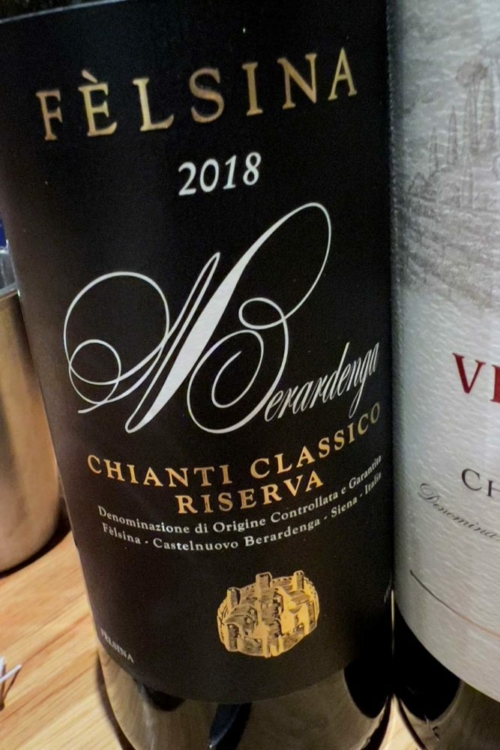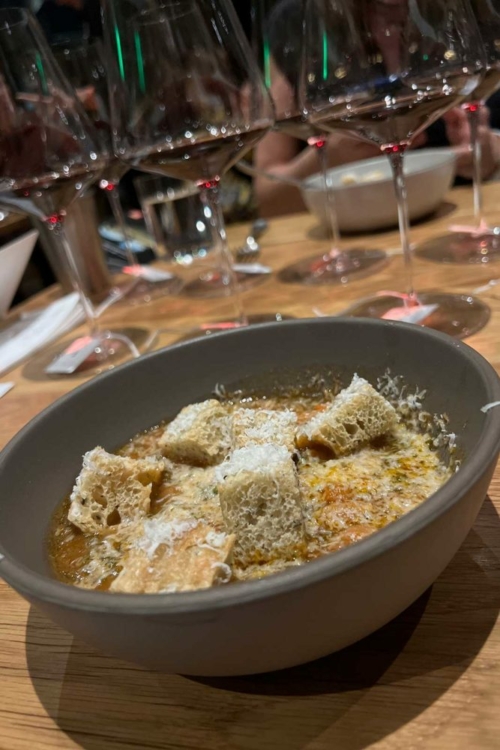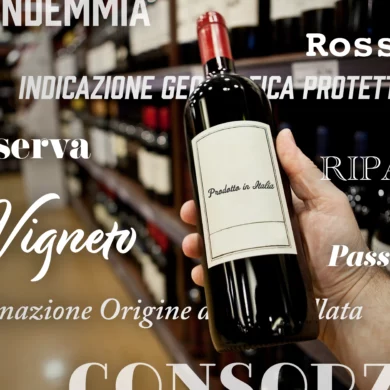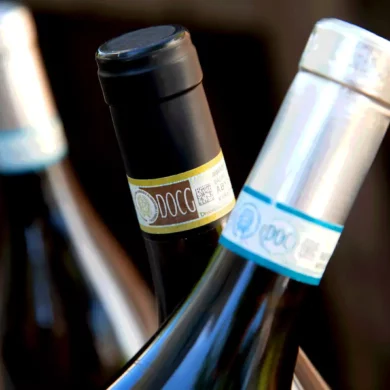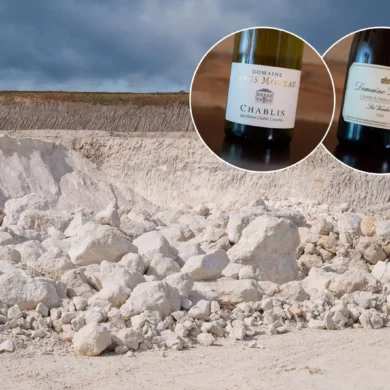Pride in your home city manifests in a lot of different way. It could be cheering the home team to a championship, as I did this summer when my beloved Avalanche claimed the Stanley Cup. Or it could be the simple act of spending an extra half hour carefully reading over ballot initiatives so that your vote is as thoughtful as possible. My hometown of Denver, Colorado is not without its problems, as that ballot and its referenda clearly underscored. But this past week, I’ve been dwelling on the positive as an amazing event called the Festa del Chianti Classico helped reinforce what a great, international market for Italian wine Denver has become. And we have the team at Tavernetta — especially Advanced Sommelier Carlin Karr and the restaurant’s co-owner Bobby Stuckey MS — to thank for a good chunk of this development.
While the food and wine alchemy was worthy of its own article, I couldn’t shake one headline: how lucky gastronomes and wine obsessives in Denver are to have the Tavernetta team.
The inaugural Festa del Chianti Classico marked a celebration of a widely misunderstood yet world-famous yet somehow ascendant-all-over-again appellation in the heart of Tuscany. Even writing that introductory sentence has me compelled to include several qualifiers, for there is no way around it: Chianti Classico is a complex place. It is sometimes a blended wine and it is sometimes a varietal Sangiovese. It can sometimes be oaky and it can sometimes have zero oak influence. It can pair with anything you throw at it, or it can be very specific in what it wants to partner with. The spectrum is enormous.
Yet the programming over two days did a fantastic job of making it crystal clear how dynamic and compelling this moment in the region’s history is.
A Unique Side-by-Side Comparison
It began Friday at the Hotel Kimpton Born with a seminar focused on the new UGAs of Chianti Classico: an effort to codify 11 village zones based on their terroir, but also with an acknowledgement of the winemaking culture within each zone.
It is an effort that I extensively covered this summer after traveling to 12 different estates over three days. Silvia Fiorentini and Caterina Mori of the Consorzio’s press office spent significant time escorting me to these wineries. They literally made the whole trip and all of the content that came from it possible, which — as an independent publisher — I am enormously grateful for.
Now, having a Consorzio open doors for you is good, but to have one that is so open-minded to opinion is another. Silvia and Caterina never shied away from tough questions, and they never provided canned or political answers. That is one intangible thing you’ll never find on the label about this place: When you dig into Chianti Classico, you find an area that — contrary to its historical standing — is actually quite progressive and open to new ideas.
Seeing Caterina in Denver was wonderful, as she was the featured guest speaker for the seminar. Along with Stuckey and Karr, she walked us through the changes happening in the DOCG, as well as a tasting of six Gran Selezione wines from six of the new UGAs. It was made clear that this was a highly unique opportunity for us: while Brunello and especially Barolo and Barbaresco have hogged the major Italian wine event spotlight in America for some time, centering a whole festival on Chianti Classico and its relatively new Gran Selezione category was rather novel.
The Star of the Show
However, the truly revelatory experience for me came Saturday night at Stuckey’s Union Station restaurant, Tavernetta, during the four-course Chianti Classico dinner, which I attended with my wife, Hailey, as a special guest of the Consorzio and the Frasca Hospitality Group (many, many thanks to them for seating us at this exclusive dinner).
For each of the four courses, four different Chianti Classico were served. Winemakers who flew in for the event from Florence (or, in some cases, representatives from the winery) mingled among the tables and engaged with diners, answering any questions they might have. “A quiet night out” it was not, nor was it intended to be.
Over ribollita, we talked with Susanna Grassi from I Fabbri about the stone-terraced vineyards of Lamole, where her delightfully lilting version of Chianti Classico comes from. With the tagliata di manzo, we met Giulia Cecchi from Famiglia Cecchi and Castello di Montsanto, and chatted about the subtleties of Castellina’s terroir. While the cuisine and experience was undeniably high-end, this was a far cry from the stuffy atmosphere of a typical wine dinner. It was downright exuberant. At one point, sommelier Maia Parish came by and described the personalities of two of the wines as “Bruce Wayne and Batman,” a perfect description.
While the food and wine alchemy was worthy of its own article, I couldn’t shake one headline: how lucky gastronomes and wine obsessives in Denver are to have the Tavernetta team.
Stuckey’s influence on the greater Italian wine scene in America is enormous. His megawatt charm and passion have an uncanny ability to bring people on board, and it is a big reason why Denver, Boulder and the Colorado market has become “a must” for Italian wineries. During the pandemic, he was an outspoken advocate for the restaurant industry, and not just at the high-end where his restaurants reside — he took every opportunity he could to speak to lawmakers and the press about the unique economic impact of independent restaurants, and the help they needed to survive. This trailer for a documentary on the effort ought to give you a sense for his drive. It is a cause he continues to champion. (Although on this night, he was more keen to talk Sangiovese, and also give me some pointers for my upcoming trip to Friuli).
That’s Bobby. And the “hospitalian” experience he trumpets is on display every night. Saturday was about something else, and someone else: Carlin Karr, who oversees Tavernetta’s wine program.
This event was undeniably a showcase of her thoughtfulness and meticulous attention to detail. She rode shotgun on executing the event from A to Z, and deserves an enormous amount of credit for translating a complicated yet compelling DOCG into something that felt artful, approachable and thoroughly relevant. The wine pairings at dinner alone showed how versatile these wines are; more versatile than I was giving them credit for. It was no wonder why the producers all seemed so happy to be there: this wasn’t just another tour stop on some exhausting sales circuit. This was a celebration of everything they do, and we felt honored to be there with them, toasting their toil and promising to return to their wines. Karr had everything to do with that.
Let’s Hope It Returns in 2023
One can hope that this will be an annual festival for us Denverites, and — I might add — for any wine lover curious enough about Chianti Classico’s potential to hop on an easy flight to DIA. I’d love to see it grow into other areas in the future, particularly a showcase of the area’s rosato, vin santo and even sparkling wine. And with around 300 individual estates bottling their own wines, the potential for a rotating cast of producers seems limitless.
The whole night was a bit of a blur, and I apologize for not remembering who exactly said this, but one of the winemakers noted that it was nice to come to a vibrant wine-loving city in the middle of the United States — that it didn’t always have to be New York City, San Francisco, L.A., Chicago or Texas. I was born and raised in Denver, so I remember what a “cow town” it used to be. To see this city become an international hub for anything, let alone Italian wine, is beyond special. And while credit for Denver and Colorado’s ascendency in the Italian wine world can also extend to a handful of other restaurants — as well as a bevy of importers, distributors and wine shops who have championed the cause — this past weekend made clear just how special the Tavernetta team is to the scene.
Because pulling something like this off was no small feat.
